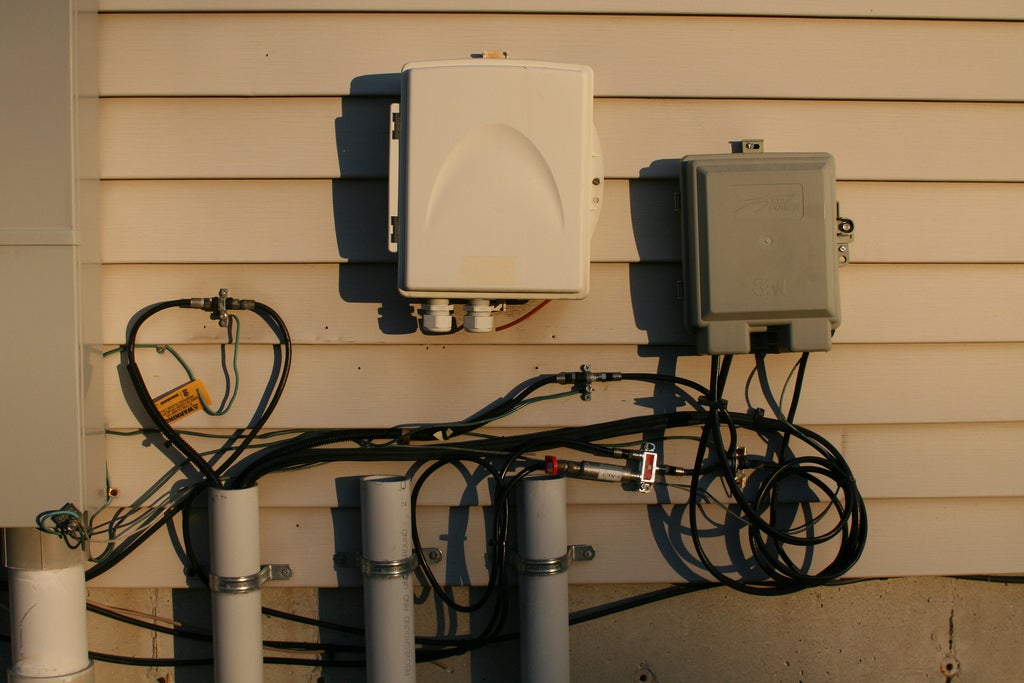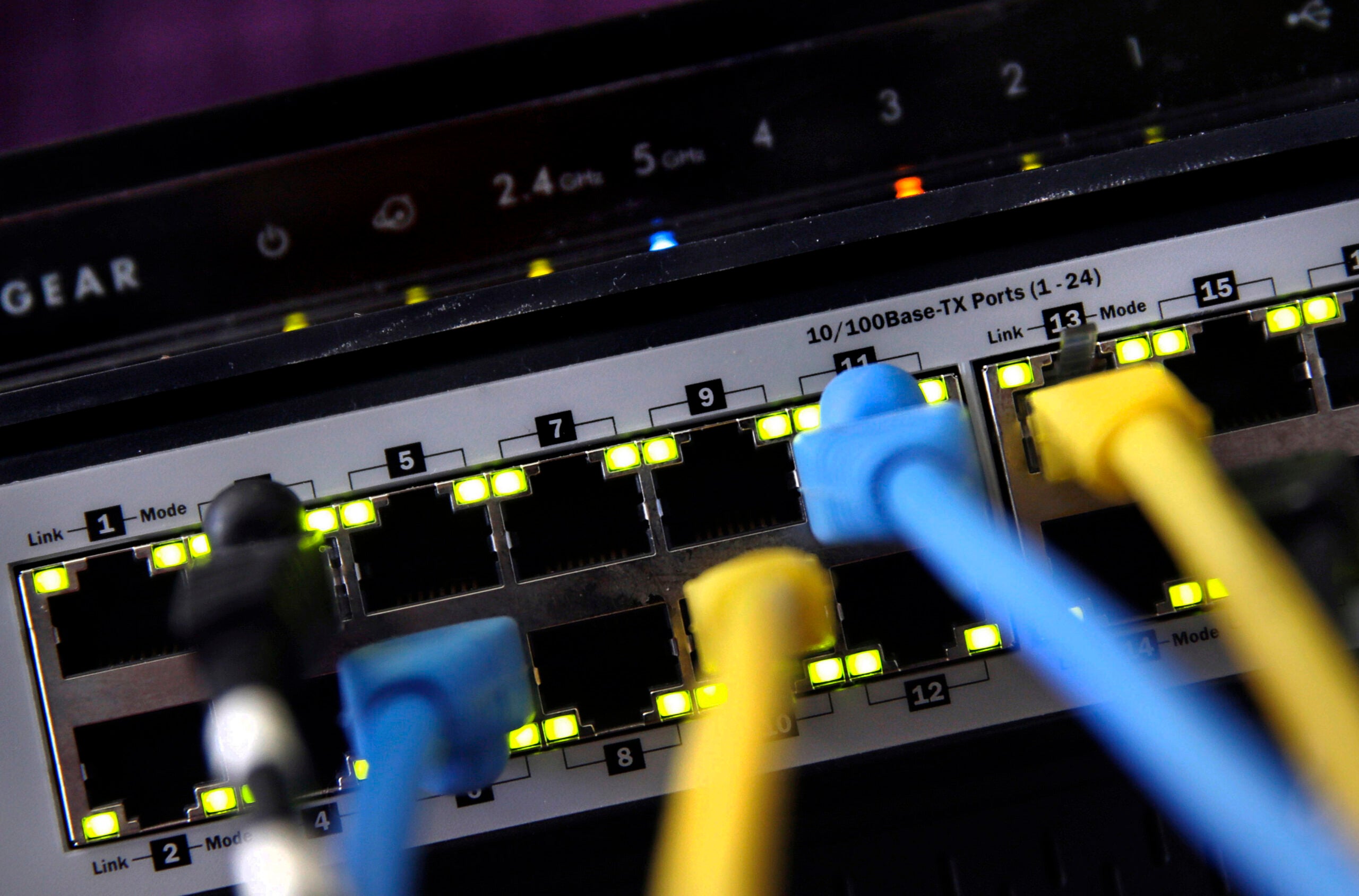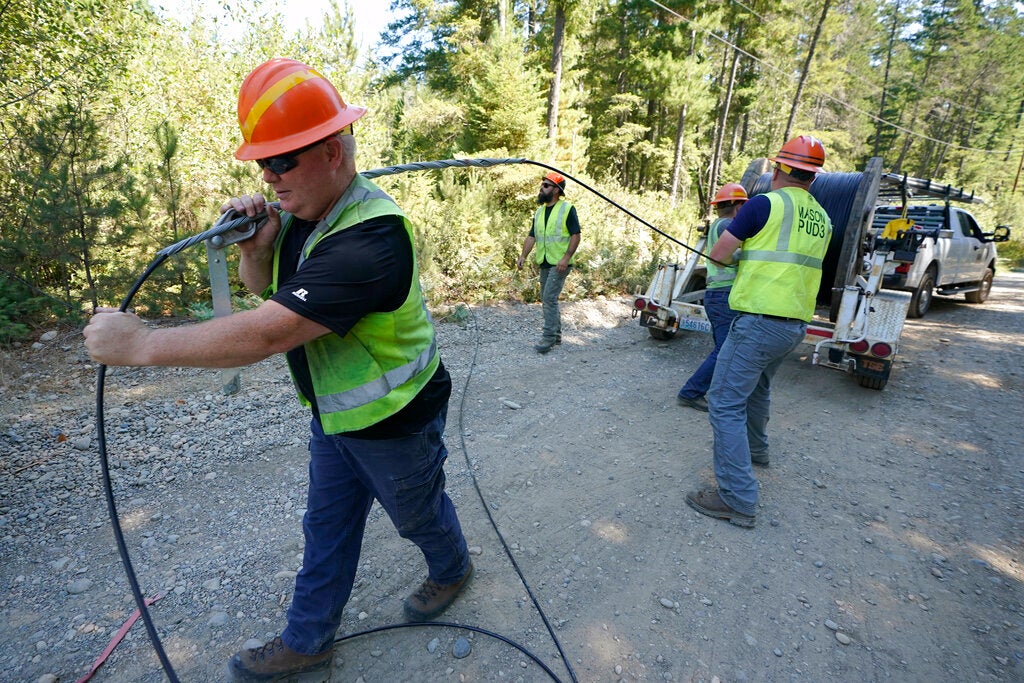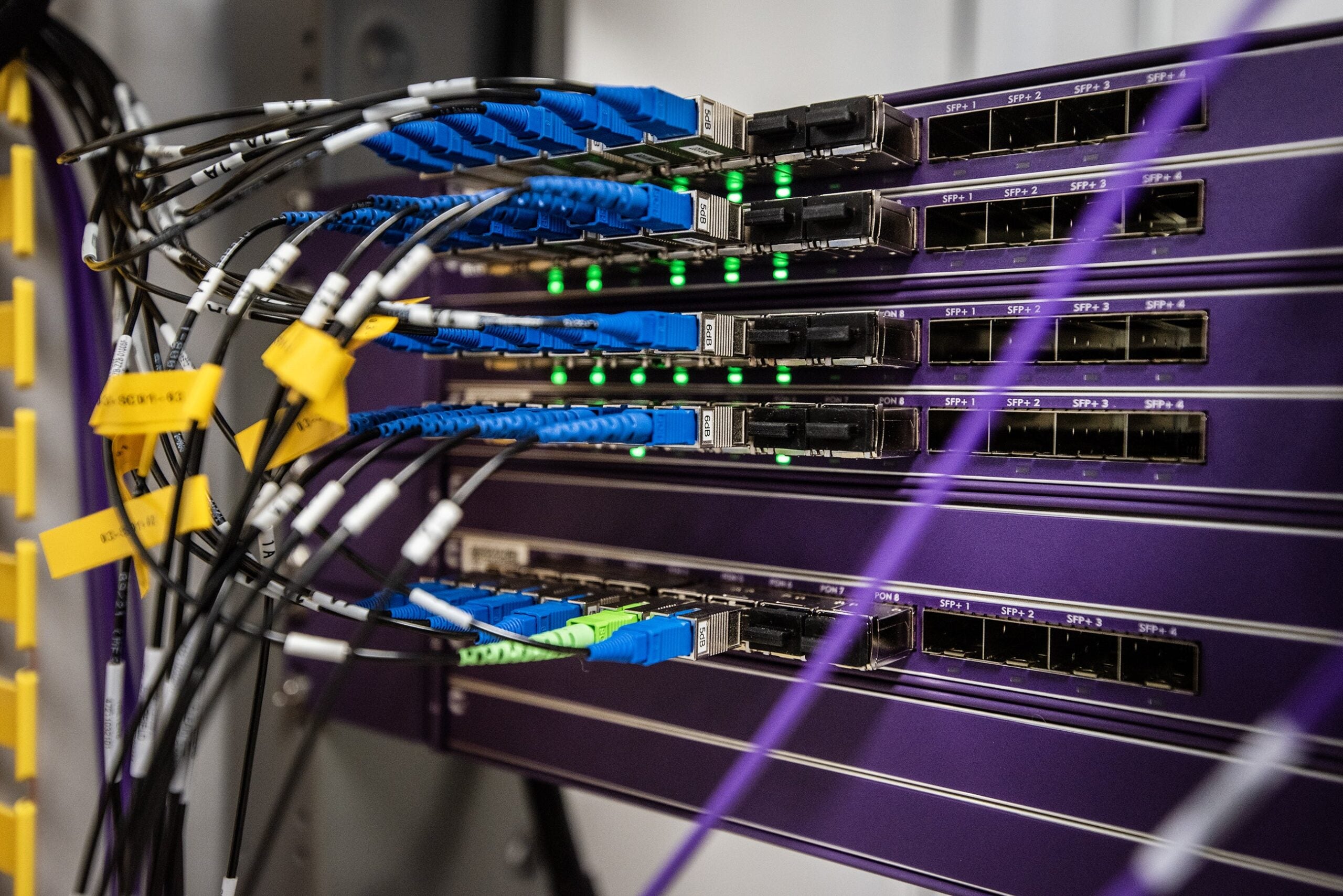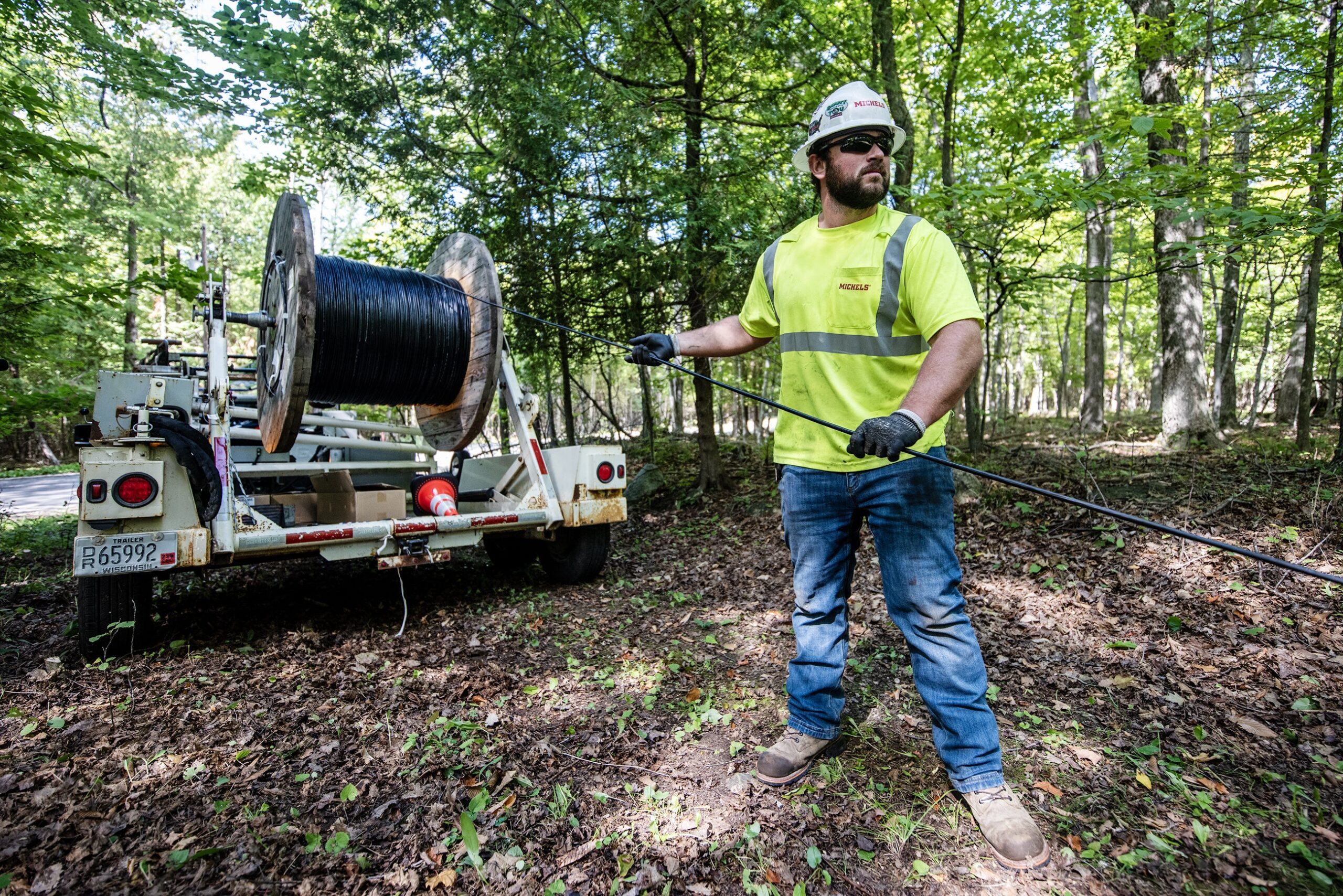Wisconsin expects to get anywhere from $700 million to $1.1 billion from the federal government to bring high-speed internet to more homes and businesses.
But exactly how much money Wisconsin receives depends, in part, on recently-released internet connectivity maps from the Federal Communications Commission.
State and local governments and members of the public have until Jan. 13 to challenge the accuracy of those preliminary maps, which help determine the funding formula for distributing more than $42 billion from Congress’ infrastructure bill across the country. Households and businesses that are completely “unserved” by high speed internet at a speed of at least 25 megabits per second download and 3 Mbps upload will be the first priority for funding under the program known as Broadband Equity, Access and Deployment.
Stay informed on the latest news
Sign up for WPR’s email newsletter.
Locations considered “underserved” by high-speed internet, meaning they lack speeds above 100/20 Mbps, will be the next priority.
Wisconsin already submitted a challenge to more than 7,000 locations in October, and the state’s Broadband Office plans to submit another challenge before the deadline next month, Wisconsin’s Public Service Commission spokesperson Meghan Sovey said.
The commission “strongly encourages” residents to take matters into their own hands by contesting any inaccuracies, Sovey added.
“The only way we’re going to know who truly is unserved and underserved when it comes to their service is if we have accurate broadband coverage maps,” Public Service Commission Chair Rebecca Cameron Valcq said at a news conference Monday.
State officials have a $5.9 million federal grant, which will be used to come up with a required five-year plan that lays out exactly how Wisconsin will spend the massive infusion of broadband funding. The state also received another $950,000 federal grant to come up with a five-year digital equity plan. That will be essential to ensuring no corners of the state are left behind, Gov. Tony Evers said Monday at the Milwaukee headquarters of Digital Bridge, a nonprofit that aims to expand technological access.
“High-speed internet is no longer a luxury,” Evers said. “It’s a necessity of how we live, work, learn in the 21st century.”
The FCC’s latest maps show nearly 1.7 percent of Wisconsin homes and businesses lack high-speed internet of at least 25/3 Mbps. But that number jumps to nearly 16 percent of homes and 39 percent of businesses when the threshold for speed is above 100/20 Mbps.
The newly-released maps show locations on a more granular level, compared to previous iterations which took data block by block.
“The FCC’s older maps collected data at the census block level, meaning that if a single home was served in a census block, the whole block would show up as served on our maps,” FCC Chairwoman Jessica Rosenworcel said in a November statement. “The net result was maps that were overly optimistic, lacked location-specific information, and subsequently glossed over gaps in coverage.”
Although FCC officials say the newer maps are more accurate, multiple other states, including West Virginia, Vermont and New York have mounted challenges, according to news reports.
Wisconsin will learn how much it’s receiving from the BEAD program in 2023, and the first chunk of funding could be spent as soon as fall of that year. Money will continue to be distributed through 2028.
How to challenge the FCC’s internet connectivity maps
Go to broadbandmap.fcc.gov and search by address to see a location’s internet connectivity. You can click “location challenge” if an address is inaccurate or missing. You can also select “availability challenge” or “mobile challenge” if information about the type of service available is incorrect.
Wisconsin Public Radio, © Copyright 2025, Board of Regents of the University of Wisconsin System and Wisconsin Educational Communications Board.
